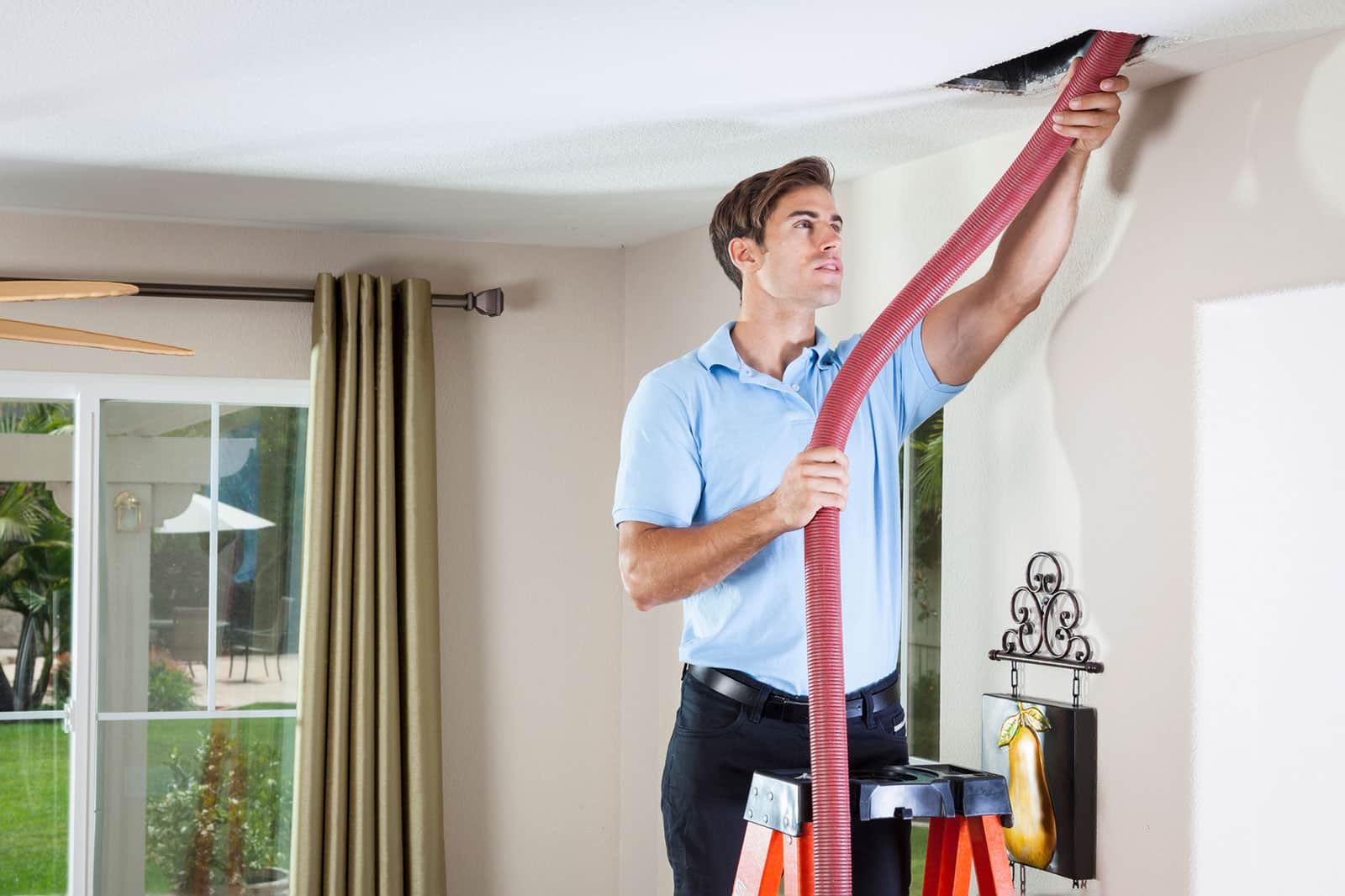Heating, ventilation, and air conditioning, ventilation, and climate control, commonly known as HVAC, is a vital component of modern life that many people often overlook. From the comfortable warmth of a heated home in winter to the refreshing comfort of air conditioning during sweltering summers, HVAC systems play a crucial role in our comfort and contentment. The history of HVAC is a remarkable saga that highlights human ingenuity and technological advancements over the decades, transforming the way we manage our indoor environments.
As we delve into the evolution of HVAC, we will investigate how these systems began, their development through the years, and the breakthroughs that have shaped today's heating and cooling solutions. Whether you are a property owner looking to improve your system or a business owner seeking efficient climate control, comprehending the history and function of HVAC is key to making knowledgeable decisions. Join us as we uncover the significant events in HVAC history and how they relate to the comfort and productivity of our home and working spaces.
Understanding Heating, Ventilation, and Air Conditioning Configurations
HVAC, that refers to heating, airflow, and cooling, is a essential system in not only home and business structures. Its chief function is to provide convenience by managing indoor temperatures, controlling moisture levels, and guaranteeing good air quality. These systems merge various technologies to facilitate warmth during chilly seasons and cooling during warmer seasons, making them necessary for all-season convenience.
The parts of an HVAC setup typically consist of a heater or heat generator for heating, an cooling unit for refreshing, ducting for circulating conditioned air, and airflow systems to bring in clean air and remove stale air. Improvements in HVAC innovation have led to enhanced energy efficiency and greater control over heating and refreshing controls, often incorporating smart technology that enables homeowners and businesses to maximize their energy consumption and reduce expenses.
An efficient HVAC system not only boosts convenience but also plays a significant role in upholding indoor air quality. By cleaning and distributing air, these systems help to allergens and pollutants, which is notably vital for people with respiratory conditions. Proper understanding and upkeep of HVAC systems can result in a better living environment and more efficient operation, ultimately saving energy and lowering utility expenses.
HVAC Maintenance and Effectiveness
Regular upkeep of your HVAC equipment is vital for maintaining its efficiency and lifetime. A regularly serviced system not only operates optimally but can also lead to considerable savings on energy bills. Basic maintenance tasks include swapping air filters regularly, cleaning ventilation systems, and inspecting the thermostat configuration. By keeping these components in good condition, you can eliminate unnecessary strain on the unit, which often results in high repairs and wasteful energy use.
In alongside regular upkeep, periodic maintenance is important for optimizing your equipment's effectiveness. Fall and autumn are perfect times to book qualified tune-ups, as these times typically involve transitioning between warm and cool modes. Technicians can check various aspects, such as refrigerant levels, electrical connections, and motor functions, making sure that your system operates efficiently when it is essential the most. Ignoring these seasonal check-ups can lead to unexpected breakdowns when weather increase or plummet.
Improving the effectiveness of your HVAC system can also be achieved through advanced technology and upgrades. Adopting Home Page enables better temperature control according to your routine, lowering energy consumption when you are not home. Moreover, explore investing in energy-efficient appliances or segmented heating and cooling solutions. Over time, these advancements can greatly enhance system efficiency, reduce your carbon footprint, and lead to considerable cost savings on power bills.
Advancements in HVAC Technology
The HVAC industry has seen remarkable progress over the time, leading to increased effectiveness and greater comfort for customers. Smart thermostats are one of the most significant innovations, allowing consumers to operate their heating and cooling systems from afar. These devices learn user preferences and tweak settings on their own, resulting in minimized energy consumption and reduced monthly expenses. Additionally, integration with smart home technology enables smooth control of HVAC together with other automated devices, enhancing overall comfort.
Another breakthrough in HVAC solutions is the introduction of variable refrigerant flow systems. These systems facilitate exact temperature control and optimal performance by adjusting the amount of refrigerant flowing to the inside components based on need. This versatility not only improves comfort but also considerably reduces energy consumption compared to older systems. Advancements in ductless mini-split systems have made climate control more accessible for houses without pre-installed ductwork, allowing for personalized climate control in specific spaces.
Geothermal HVAC solutions represent another state-of-the-art solution in HVAC innovations. By leveraging the earth's stable subsurface temperatures, these systems can provide effective heating in the chilly season and cooling in the hot months, often with significant energy savings. The starting expenses may be more, but the long-term benefits include decreased energy expenses and a reduced carbon footprint. As advancements continues to evolve, HVAC systems are becoming more advanced, increasingly efficient, and better aligned with sustainable practices, defining the next generation of climate technologies.

